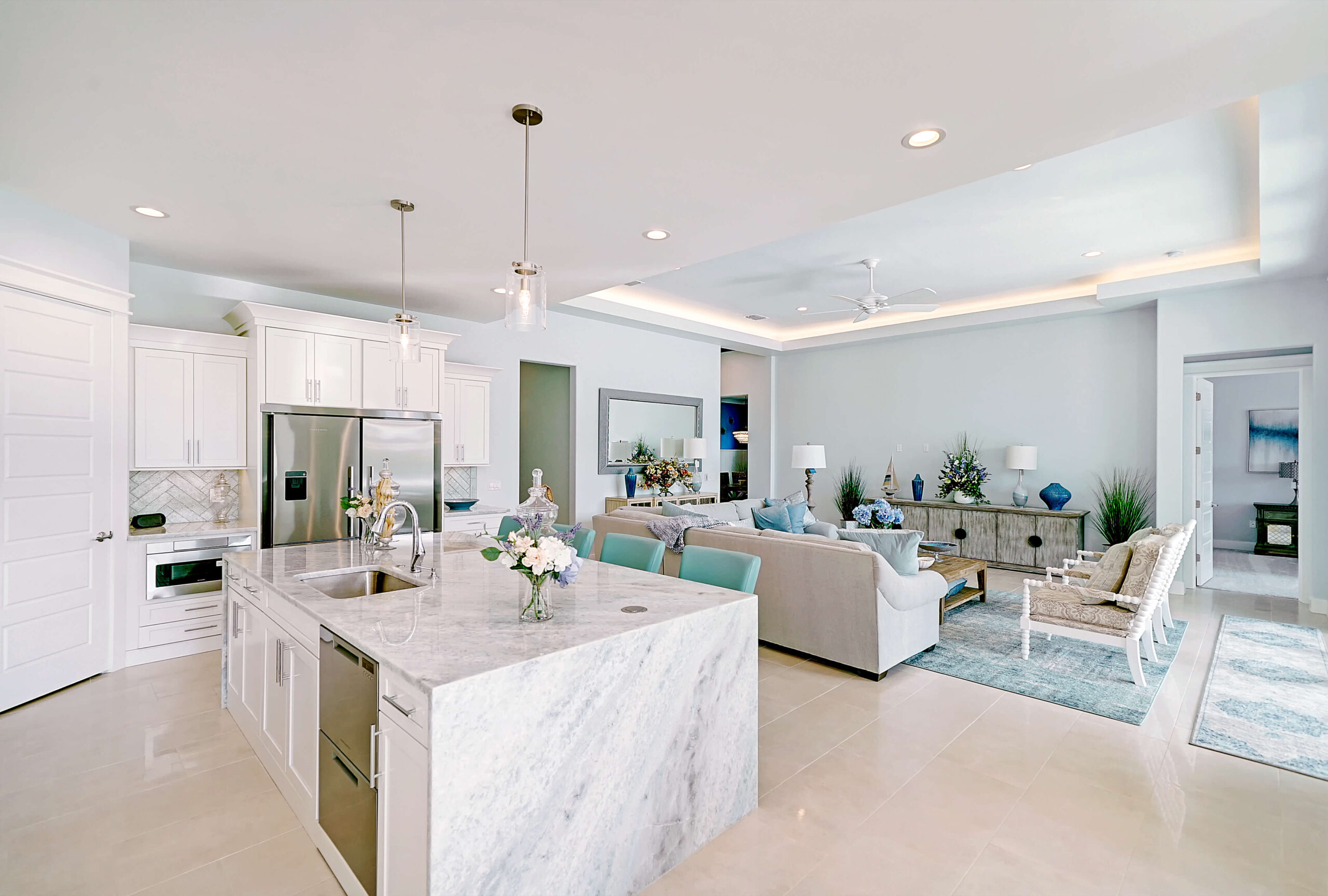Every homeowner wants their property to look its best, inside and out. After winter and spring has passed, the summer sun comes on strong and it’s a great time to give your home’s curb appeal a boost. However, some homeowners make some big mistakes, not thinking things through when they are planning their new landscape.
Taking ideas from various websites, from home improvement stores, and magazines, they get excited about how it will look once it’s done and that provides the inspiration to get outside and get started. Unfortunately, in the excitement of a new yard comes a bit of myopic thinking, not taking some factors into consideration.
In just a few weeks, months, or even a couple of years, it becomes quite obvious that some of those things were not the best ideas. It’s then you’re left with the task of undoing the damage, which can be costly in some cases, or just purely inconvenient in others. In order to avoid such mistakes, make sure you pick and choose wisely because that will save you time, energy, and money in the future.
How Landscaping Impacts Your Home’s Value
Real estate professionals, such as brokers and home stagers, know the value of a beautiful landscape. They also know when it’s gone too far and when it’s lacking. Curb appeal is a big thing because people form an impression of a home in just 7 to 10 seconds. A nice looking yard with colors not only helps boost your home’s value, but also makes it more welcome for guests and the envy of your neighbors.
Clumsy, neglected, and hodgepodge landscaping not only hurts your home’s curb appeal, it can cut the value of your property and make it harder to sell. Real estate appraisers say bad landscaping is a buyer turnoff that can increase the number of days a property languishes on the market, which also hurts prices. Even more important, bad landscaping is a downer that hurts the way you see and enjoy your home. Don’t let bad landscaping happen to you. —House Logic
Small changes make a big impact and when you’re planning your landscape, think about accenting your home’s exterior features. Try to avoid linear, hard lines, because those aren’t visually appealing. The ebb and flow of non-linear features will look the best.
Identify the best features on the exterior of your home and be sure to pick landscaping material that highlights them. You want to amplify those and spruce-up the not-so-exciting features to really make your curb appeal of maximum value to your home. Another thing to keep in mind is consistency. You want the landscape to have a single theme and not to be a hodgepodge of different things because that’s precisely how it will look. What’s more, it will detract from your property’s curb appeal.
The Top Landscaping Mistakes You Need to Know
When it comes to landscaping, you should have a realistic and actionable plan. Piecemeal, disparate, off-the-cuff installation of different plants, flowers, hardscape features will yield and unsightly result. What’s more, you’re much more likely to sabotage your own lawn. Here are the biggest landscaping mistakes you’ll want to avoid:
- Planting too close to your home’s exterior. It shouldn’t come as a surprise that plants grow, as do their roots. Shrubs, bushes, and trees might be a great idea for specific areas, but be sure they have ample room to grow, or you could see them growing under your home’s foundation or running into plumbing.
- Clumping plants too close together. Not only do you want to put plants away from your home’s exterior, driveway, and walkway, you also don’t want to plant them too close to one another. That will cause them to not only grow into one another, but “fight” for nutrients and water from the ground and sprinklers.
- Planting non-native plants. Invasive plants might look beautiful, but if they are not native to the locality, then the best policy is to outright avoid them. If you choose not to refrain, you’re likely going to deeply regret throwing caution to the wind.
- Putting in messy trees. Ginkgo biloba, sweetgum, and pine are some of the messiest trees and no trees should be planted near a swimming pool. Not only will you have to constantly skim out leaves, but the roots could easily find their way to the walls of your pool and that will be a big problem to deal with.
- Repeating the same thing. Another mistake that many homeowners make is choosing a few plants they really like and planting them all over the place, creating a monotonous look that seriously lacks charm.
Last but not least, and this is where most homeowners get themselves unwittingly into trouble–they overestimate they’re DIY abilities. They put in a lavish landscape and then become disenchanted when they’re spending too much time in upkeep.


